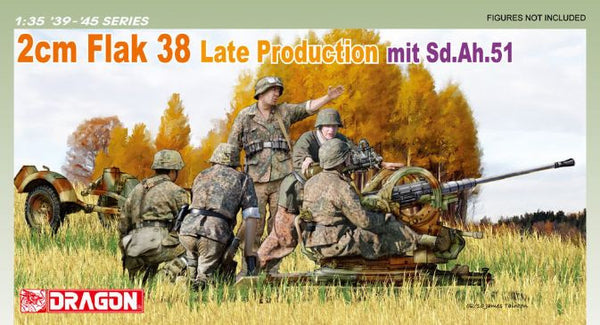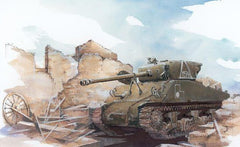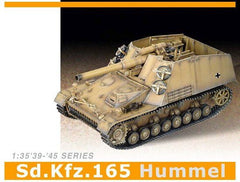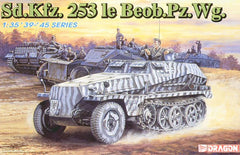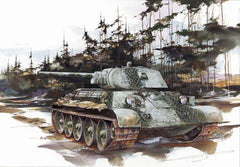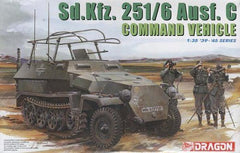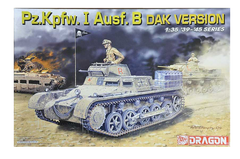Features:
- Newly tooled hand wheels for gun adjustment
- Optional gunner seat newly produced
- Bonus photo-etched gunner's shield
- Gun shield is molded to correct scale thickness
- Gun cradle offers great definition of detail: even weld seams are present
- Gun sight w/well defined details
- Cannon can be elevated in any one of four positions (Angle 0, 20, 40, and 60) according to modelers' intentions
- Round base plate w/authentic details
- Accurate weld seams on the sides of gun platform
- Slide-molded spare barrel case (even w/spare barrel molded inside)
- Three types of barrel (standard model, late model and Schwebelafette version) can be assembled
- Slide-molded gun barrel w/hollow muzzle opening
- Hole positions and shape of flash suppressor & muzzle brake subtly represented
- Trailer can be portrayed in transport or "at rest" modes
- Trailer w/well defined details
- Tightening hand wheels around the platform base have sharp detail
- Tightening hand wheels have option of bonus photo-etched parts
- Spent shell case frame and photo-etched net included
- Spent shell case made from preformed photo-etched parts
- Tool box w/lock details made from slide-molds
- Slide-molded ammo clips x 4
- Detailed slide-molded ammo boxes x 2
- Optional preformed photo-etched gun shield
Antiaircraft defense became very important with the advent of powerful air forces in WWII. Germany employed a number of antiaircraft platforms, with low-level air defense being taken care of by weapons such as the FlaK 30 (Flugabwehrkanone 30) and FlaK 38. The former entered service in 1935 while the latter replaced it in production in 1939. This family of 2cm FlaK weapons was the most widely produced German artillery pieces of the war. They were used not only against aircraft, but they regularly fired in the ground support role too. The chief advantage of the 2cm FlaK 38 was its significantly higher rate of fire; its cadence of 220 rounds per minute compared well to the much slower 120 of the FlaK 30. At 420kg, the gun was slightly lighter overall too. Produced by Rheinmetall, the FlaK 38 was towed on a light two-wheel carriage known as the Sd.Ah.51. For firing the gun platform could be quickly lowered onto the ground.

